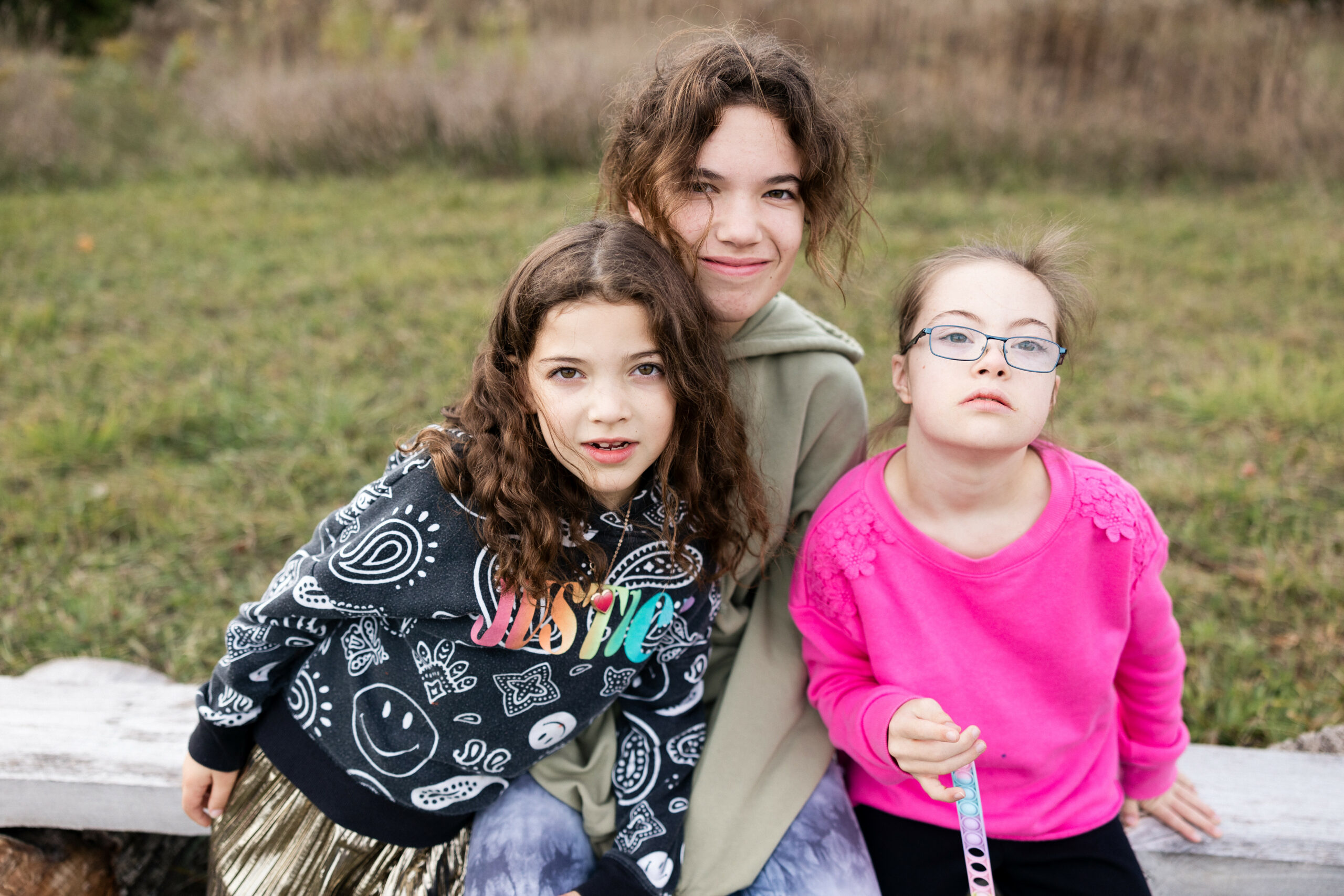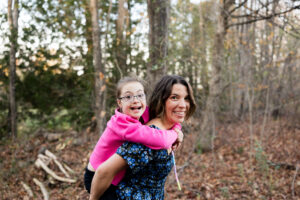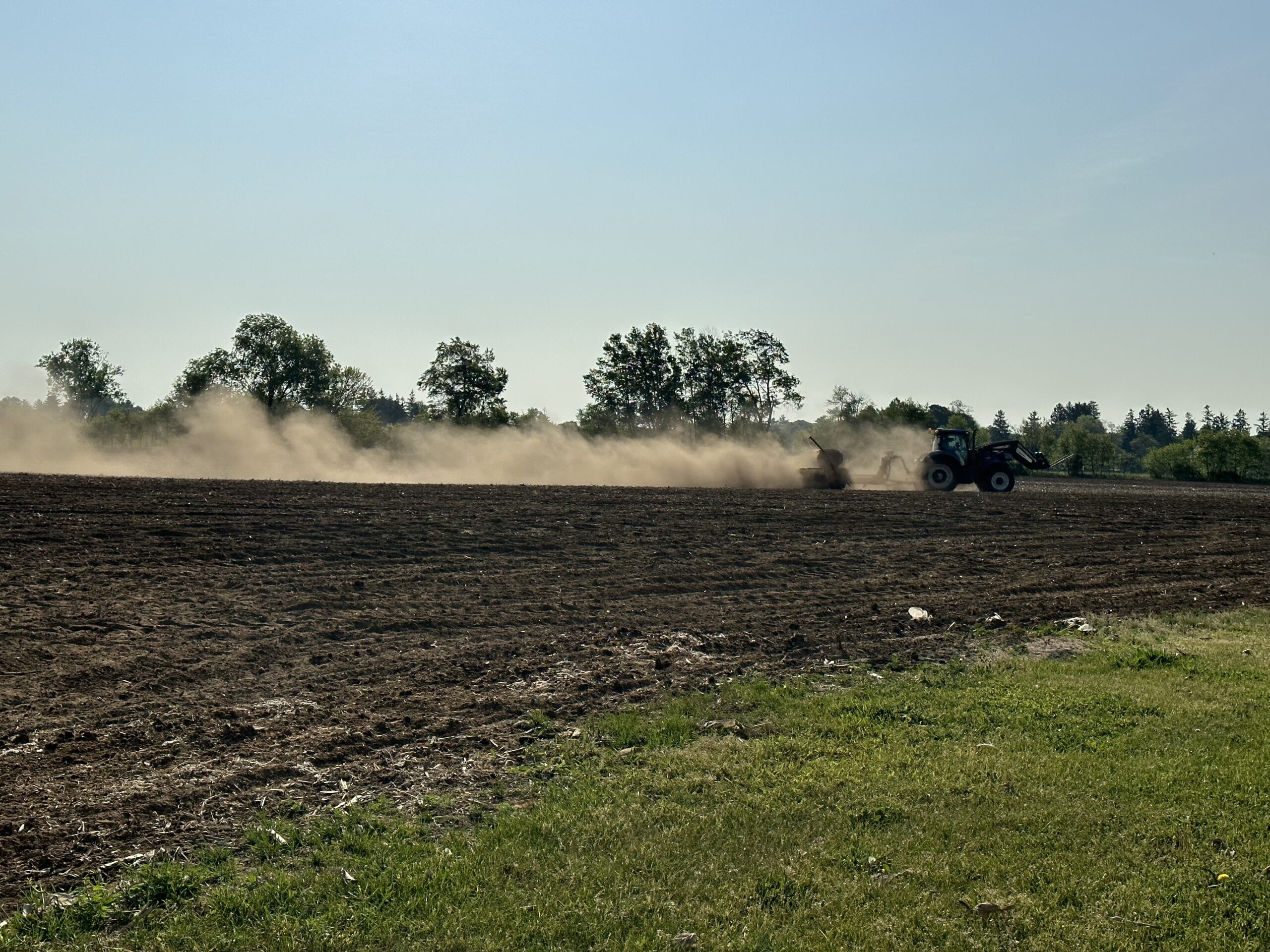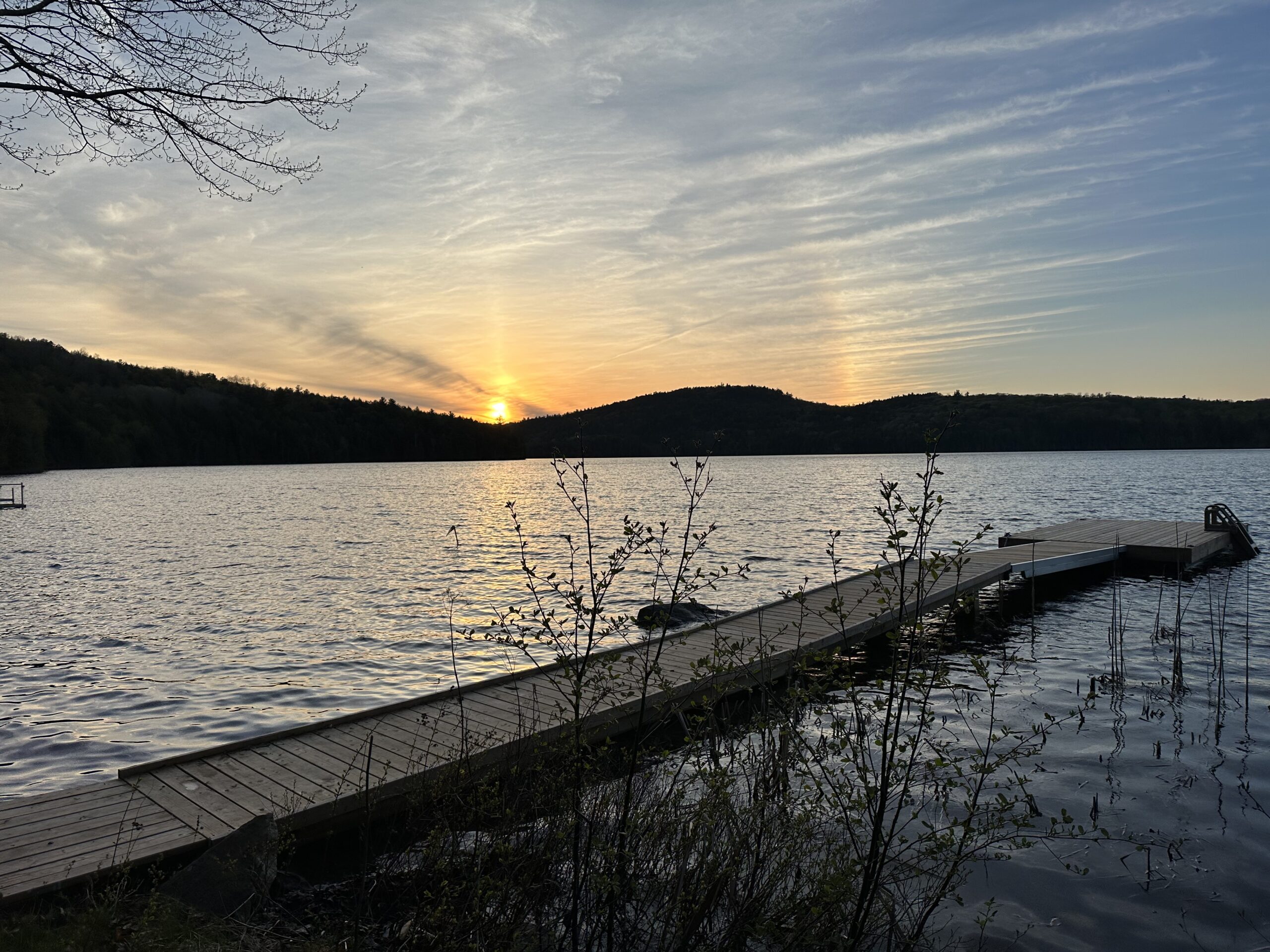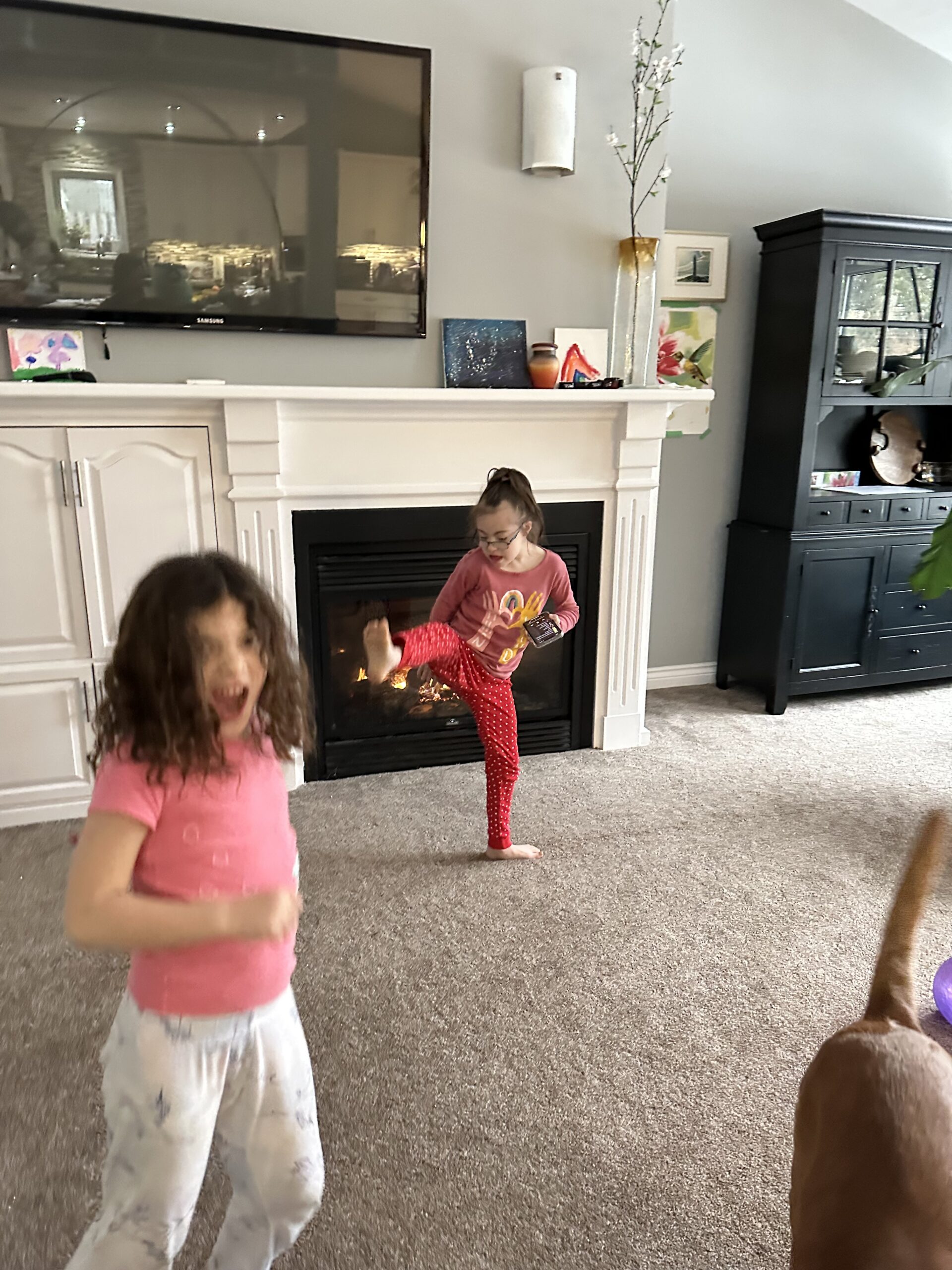How to Skip a Stone
Thoughts on Writing & Teaching Creative Writing

My family once spent a magical week at a cottage in Amberley Beach, doing almost nothing. It was springtime—the water too cold to swim. The two big kids were smaller, and our baby was a toddler. I say I did “almost nothing” because the one thing I did do was read voraciously, as though a day unfolded by turning pages. The other thing I did do was spend time hanging out with my family. Around sunset, we would walk along the Lake Huron shoreline as the sun melted into the horizon and dissolved into a pool of glass. The water, come sunset, became subdued, almost reverent and obedient to the disappearing sun as if this might be the last day—this could be it.
We walked and talked and somewhere along the way, Dan stooped over to pick up a stone, which he then skipped across the water in a graceful arc. I joined him. The lake was quiet, only the gentlest mewl, like a kitten lapping milk from a bowl. The kids’ job was to locate the flat stones and pass them to daddy or mom, and then of course, they wanted to do their own throws as well, make the stones ricochet off the mirror the way Dan or I could. Admittedly, Dan was a better stone skipper than I was. His throws would go farthest and skip many times, while mine fell short, jumped with less enthusiasm. He had better technique.

With inexperience, and lacking any technique beyond “chuck it”, the kids’ rocks unceremoniously arced into the air and then made a plunk and a plop as they careened through the surface to find their new home on the lake shore bottom.
I picked up stone after stone, attempting to best my husband’s records, but his distance and amount of skips doubled or tripled mine every time.
“How do you do that?” I asked him.
“Practice.”
He confessed that, as a child, he used to skip stones with his dad. “When at the beach, you skip rocks,” he told me, and he lived close to shore. Stone after stone of his, gliding across the water like a flying saucer, like a gull touching down for little sips, before gliding back up. Dan skipped stones like a form of meditation; he skipped stones as though the act were greater than the sum of its parts, an impulse that cannot be taught and comes from within. He skipped stones for the joy of the game.
I, on other hand, had thrown rocks here and there, but I had never been intentional about improving my stone skipping skills. But intentionality is the key; not only the act of throwing the stone. Intention and repetition—the intention to improve. I could likely improve on my own after many hours of practice, but I could also have asked Dan to critique my stance, my grip, my force. I could have turned to him as someone who has figured something out about the art of stone skipping—but I didn’t. My nature is too competitive. If I had listened to him, I might have made adjustments that could have led to better stone skipping not according to his standard, but against previous versions of myself.
Some instructions are more easily explained between parent and child than between husband and wife.
Dan passed Ariel a stone. He taught her how to balance the cold weight in her hand just right, held flat like a pancake between thumb and forefinger. He adjusted her grip, and she let the pebble fly. Plop, plunk. She picked up another stone and chucked it. Plop, plunk. Time after time. The sound of failure—No. The sound of working one’s way to success.
We cheered every time, anyway. She didn’t need to be told she was doing it wrong; she needed to understand that she was on her way and see her dad’s example of what was possible. She needed to form the memory of a fire burning so that later she could reignite.
Everything I’ve written here, on the magical shores of Lake Huron, can be applied to teaching creative writing and encouraging writing students (stay with me here). Students need loads of writing practice and a multitude and variety of writing examples. Students need to read good books. Every student will benefit from knowing what they’re doing right; and where they can further improve. The teacher’s job is to provide models and offer suggestions for improvement; the student’s job is to listen and learn. And practice. Practice without the fear of the plop and plunk.
Let plop, plunk become the mantra for learning how to fail.
I don’t think it’s a coincidence that, besides reading, skipping stones was the experience I most recalled from that week. The activity we engaged in together created memorable moments of joy. In this way, writing can also be a collaborative effort, when we think of writing as a chorus of human voices humming the sounds of our collective experience. The teacher’s job is to help students hear that sound, to teach them how to listen and then find their voice, and encourage them to keep singing. Keep singing.
Teach your students to write as the water on that calm day, come sunset: reverent and obedient to the disappearing sun, as if this might be the last day—this could be it.





